Have questions? Call 1-833-BC-WORLD (1-833-229-6753)
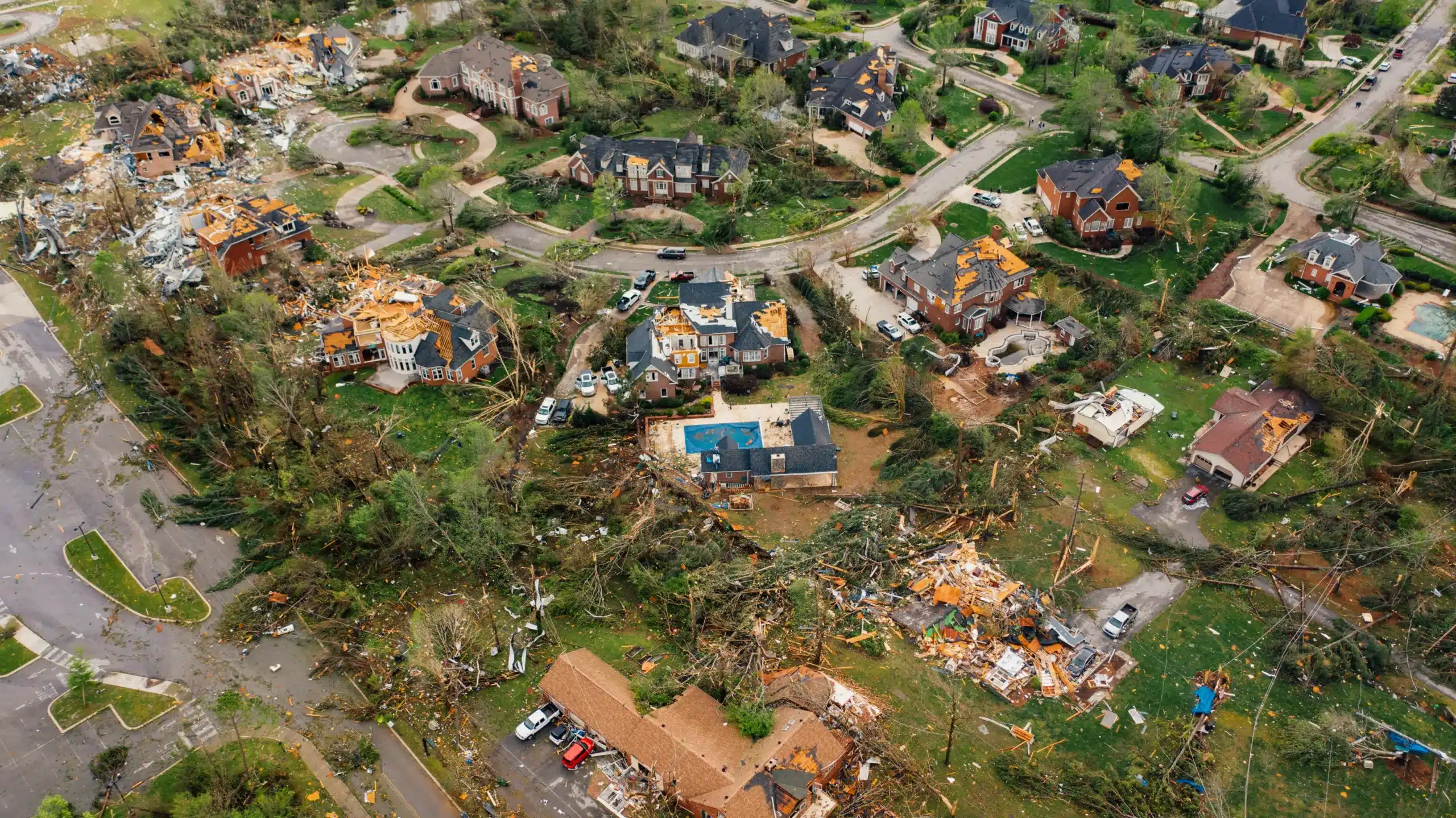
Water Purification Methods Post-natural Disaster
By Hannah Ahern
Global Increase in Rate of Natural Disasters
In the wake of this increase in natural disasters brought upon by climate change, securing safe-drinking water for all through proper water purification methods is more essential than ever. According to a report by the World Meteorological Organization, “3.6 billion people had inadequate access to water at least one month per year in 2018. By 2050, this is expected to rise to more than five billion.” We can already see this natural disaster trend within the global sphere through the deadly floods in India, Afghanistan, and Nigeria. The U.S. alone has suffered numerous dramatic natural disaster incidents like the 2022 Flood in Mississippi, Puerto Rico’s Hurricane Fiona, and Hurricane Ian in Florida.
Looking at this 2022 study in the IOP Conference Series. Earth and Environmental Science Journal, we can see the consequences of constant flooding in Jakarta. It details how the primary factor known to harm humans after extreme flooding is the existence of heavy metals in water, which can be extremely hard to filter out correctly. We have also seen these dangers in long-term health impacts on the Flint, Michigan community after the lead poisoning outbreak of 2014.
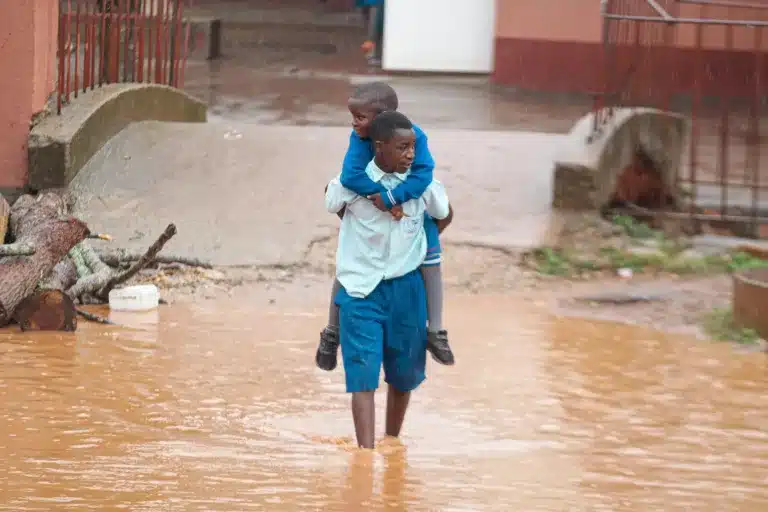
What This Means For Safe Water Supply
According to the UN, the connection between water and climate change is of irrefutable importance as we are faced with an increasing rate of natural disasters all over the globe. Water scarcity is a real, undeniable threat as “only 0.5 per cent of water on Earth is usable.” Us humans require water for survival so it is essential to learn water purification methods and prepare for worst-case scenarios.
This threat of worsening conditions looms over us all. But the issue itself of natural disasters and water supply issues is not a new phenomenon and some plans already exist. The United States Environmental Protection Agency presents two Emergency Drinking Water Supply plans for water utilities and states to implement in the case of an emergency. “Locally produced water can be obtained by packaging pre-treated water, by using mobile treatment units to inject water into the existing distribution system, or by using mobile treatment in conjunction with water packaging or water tap distribution.”
Common Ways of Attaining Safe Drinking Water
According to the CDC, natural disasters such as floods directly impact water sources and can lead to unsafe water. Their primary advice is to drink bottled water until the water sources are safe to drink again. But, in some cases, this is simply not feasible due to insufficient supply or funds. Popular water purification alternatives include boiling water and adding either household unscented bleach or chlorine dioxide tablets. When using filters, keep in mind that not all portable water filters filter harmful viruses and bacteria. In an ideal world we could combine these methods, as both filtering and disinfecting can ensure that water is 100% safe. But as this is not always possible, let’s look at four common water purification methods in emergency situations (taken from the United States Environmental Protection Agency Website).
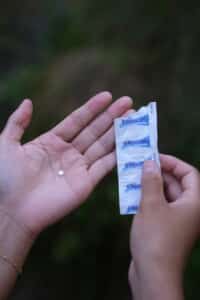
Boiling water for at least one minute (3 minutes if at altitudes above 5,000 feet) will kill parasites, viruses, and bacteria. However, remember you need both a heat/energy source and item like a clean cloth or coffee filter to strain the water and remove any floating matter.
- Chlorine Bleach
For this method use only regular, unscented chlorine bleach and follow the instructions commonly attached to the label. If there are no directions, then look on the label for the active ingredient percentage (usually 6% or 8.25%). Then use the table on the United States Environmental Protection Agency Website to decide how much bleach you should add to the water.
- Iodine Solutions
Using any household iodine, just add five drops of 2% tincture of iodine to each quart or liter of water. However, if the water is excessively cloudy or colored, then double the amount of iodine to ten drops. After stirring the solution let it sit for at least 30 minutes before use.
- Water Disinfection Tablets
Using in-person retailers or online you can order chlorine, iodine, chlorine dioxide, or other disinfecting agents in tablet form. For example, these Aquatabs tablets, which come in various packing and sizes, contain chlorine that kills harmful microorganisms. All you need to do is follow the directions on the packet.
Key takeaways
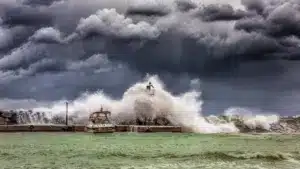 With proper preparation and knowledge, countless lives can be saved in the face of natural disaster. Unlike food, we should never ration water. Experts at the Texas Extension Disaster Education Network stress how every human must “drink at least 2 quarts per day.” To complicate matters further, the primary advice for safe-drinking water during natural disasters is bottled water. But is bottled water sustainable as a long-term plan? Not really, given that it negatively impacts our environment. So we have arrived at a point where we must consider other, more sustainable water purification methods.
With proper preparation and knowledge, countless lives can be saved in the face of natural disaster. Unlike food, we should never ration water. Experts at the Texas Extension Disaster Education Network stress how every human must “drink at least 2 quarts per day.” To complicate matters further, the primary advice for safe-drinking water during natural disasters is bottled water. But is bottled water sustainable as a long-term plan? Not really, given that it negatively impacts our environment. So we have arrived at a point where we must consider other, more sustainable water purification methods.
Ultimately, natural disasters are going to continue being a common occurrence in the coming years. Now, more than ever, we must prepare for potential natural disasters. Ensuring proper hydration is essential for protecting our communities and loved ones. So why not prepare ourselves? In a world that often feels out of our control, take some control back and plan ahead.
Recent Posts
-

Aquatabs Celebrates Women’s History Month: Historic Female Adventurers
March 28, 2025 UncategorizedBy: Jessica Miller History is not recorded objectively. Rather, it is dictated by social standards and circumstances. Although these social standards are constantly moving and.
-

Love in Every drop: How aquatabs water purification tablets help protect what matters most
February 13, 2025 UncategorizedBy: Jessica Miller February is here and love is in the air! Congratulations to all for making it through the cold length of January! Whether.
-
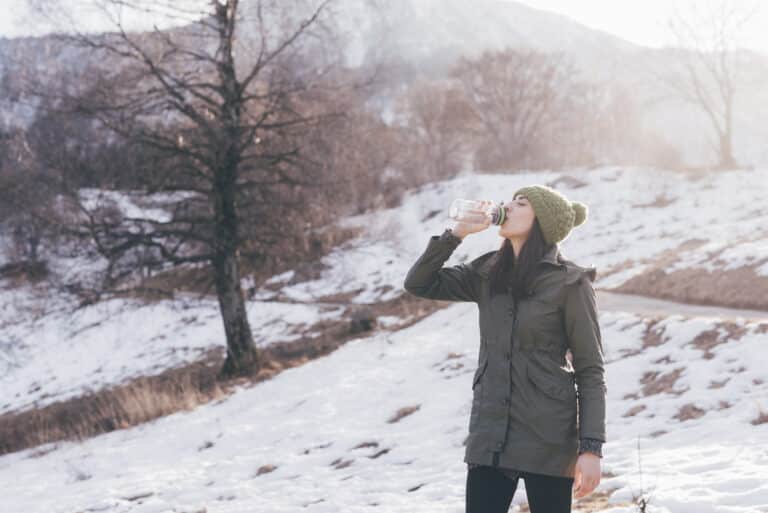
New Year's Resolution: Drink More Water
January 10, 2025 UncategorizedAs we adventure into the New Year, make staying hydrated a top priority! Protect your health at the same time by ensuring your water is.
-
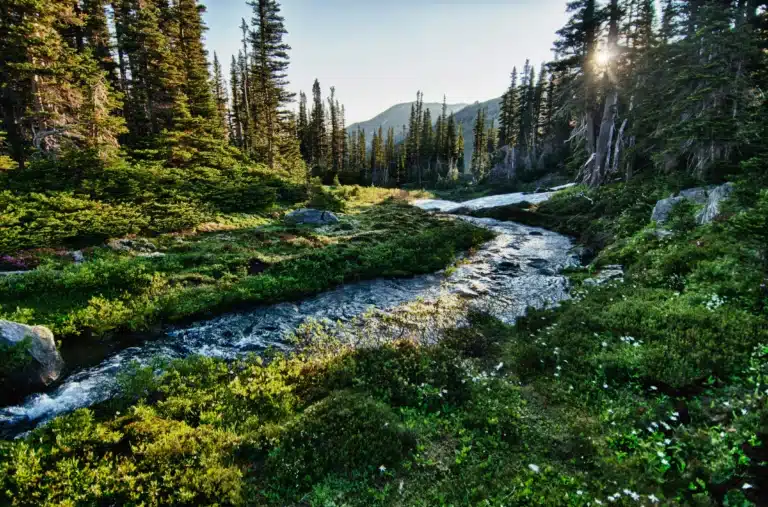
Aquatabs Holiday Gift Guide | Presents for Outdoors Lovers
December 5, 2024 NewsWe know that it can be tough to find that special something for the hiker, camper, or adventurer in your life - but there’s no need to stress! We’ve compiled a list of our favorite gear so that you can choose a gift that will keep giving all year round.
-
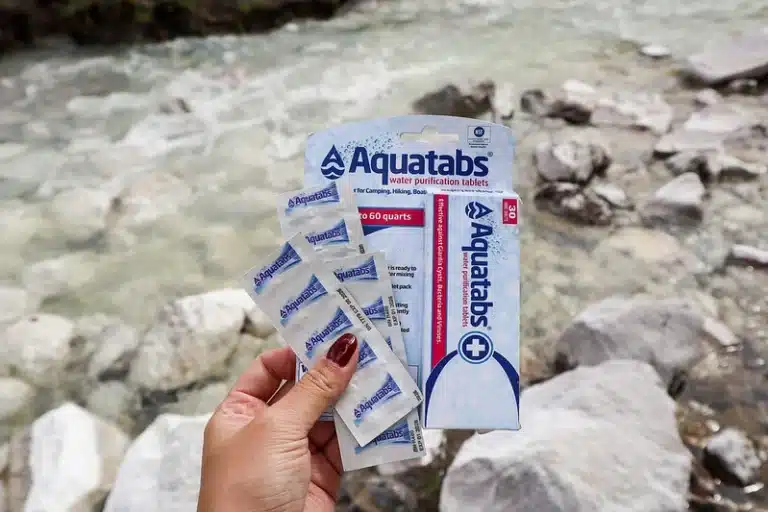
How To Use Aquatabs
November 15, 2024 UncategorizedAquatabs Water Purification Tablets Aquatabs are the world’s leading water purification tablets - and for good reason. These powerful purifiers are globally certified, cost effective,.
-
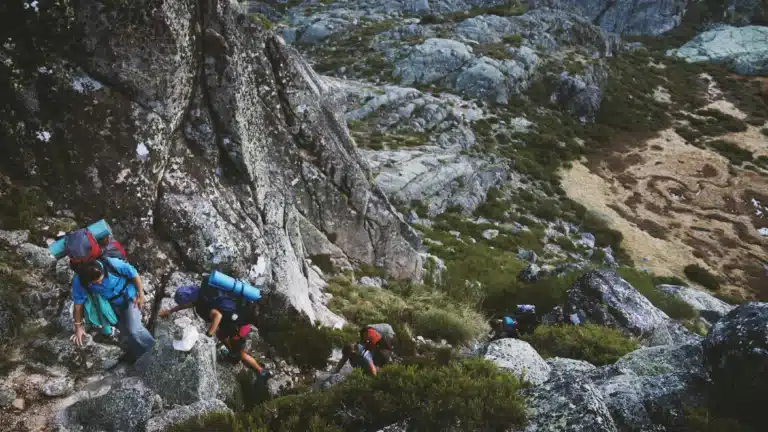
Water Purifiers for Camping: Have Clean Water Anywhere
September 17, 2024 NewsThe best water purifiers for camping can clean your water supply and keep you hydrated while being portable. These are our favorite water purifiers for camping.
Recent Posts
-

Aquatabs Celebrates Women’s History Month: Historic Female Adventurers
March 28, 2025 Uncategorized -

Love in Every drop: How aquatabs water purification tablets help protect what matters most
February 13, 2025 Uncategorized -

New Year's Resolution: Drink More Water
January 10, 2025 Uncategorized -

Aquatabs Holiday Gift Guide | Presents for Outdoors Lovers
December 5, 2024 News -
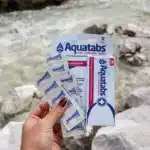
How To Use Aquatabs
November 15, 2024 Uncategorized -

Water Purifiers for Camping: Have Clean Water Anywhere
September 17, 2024 News

